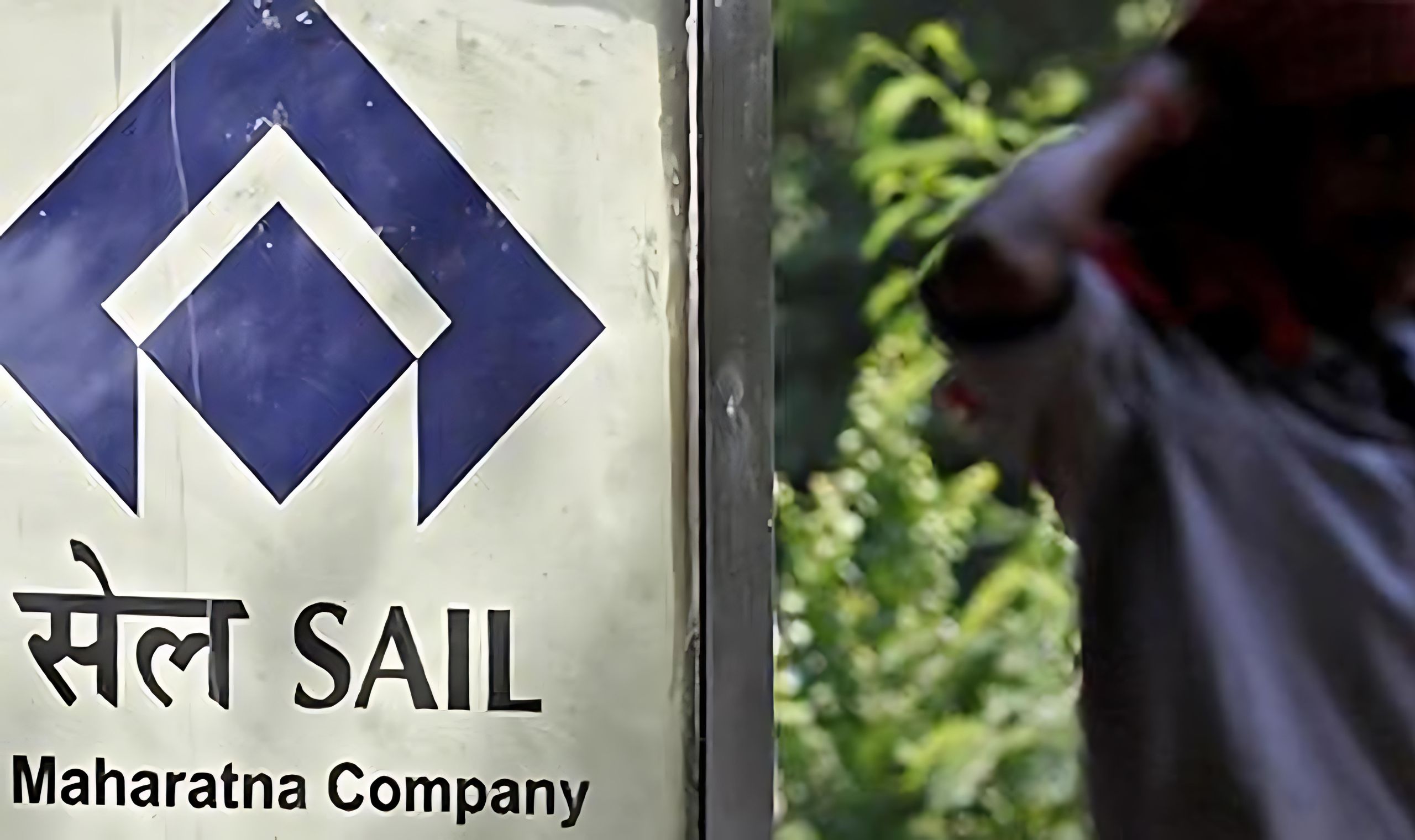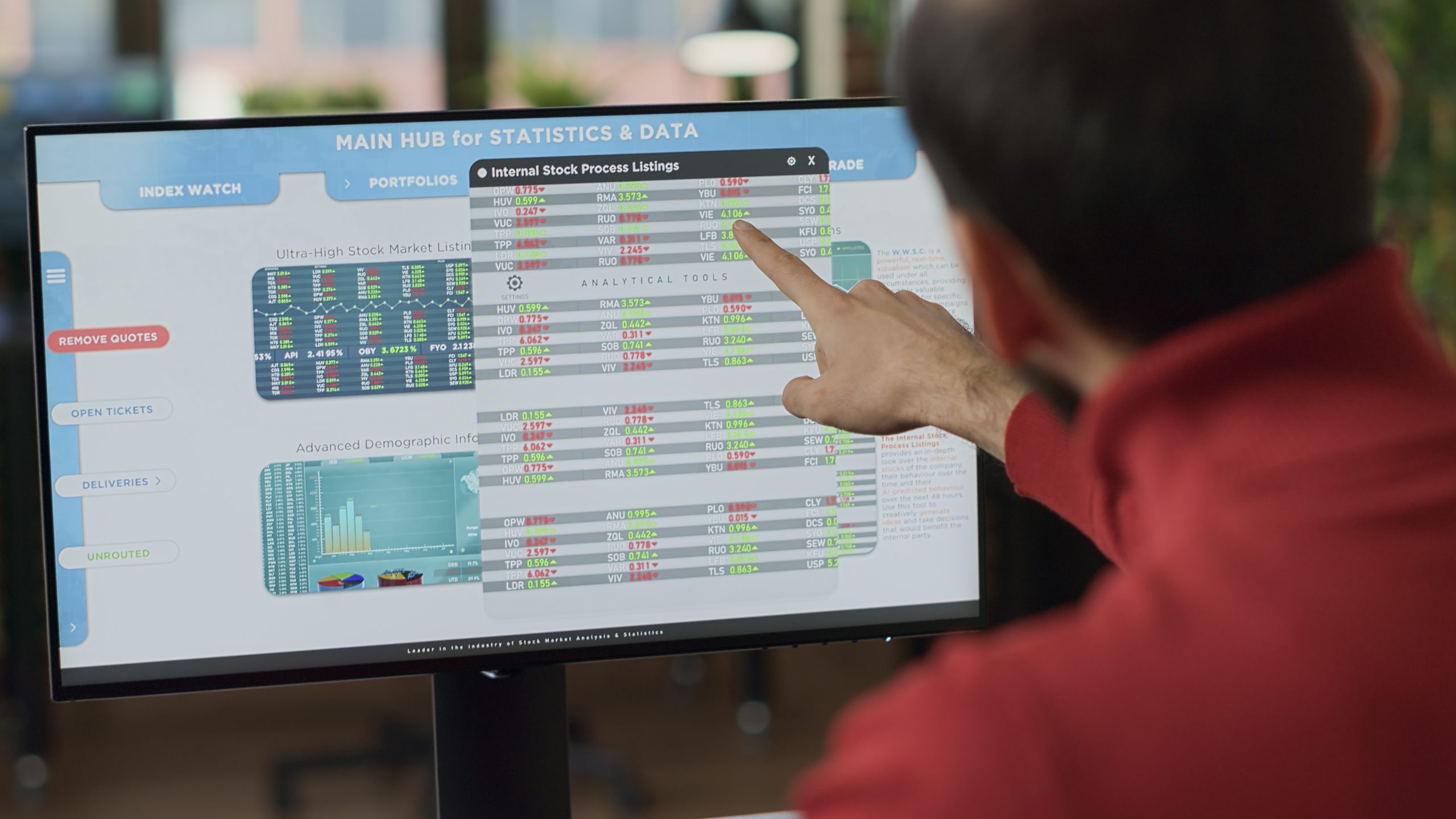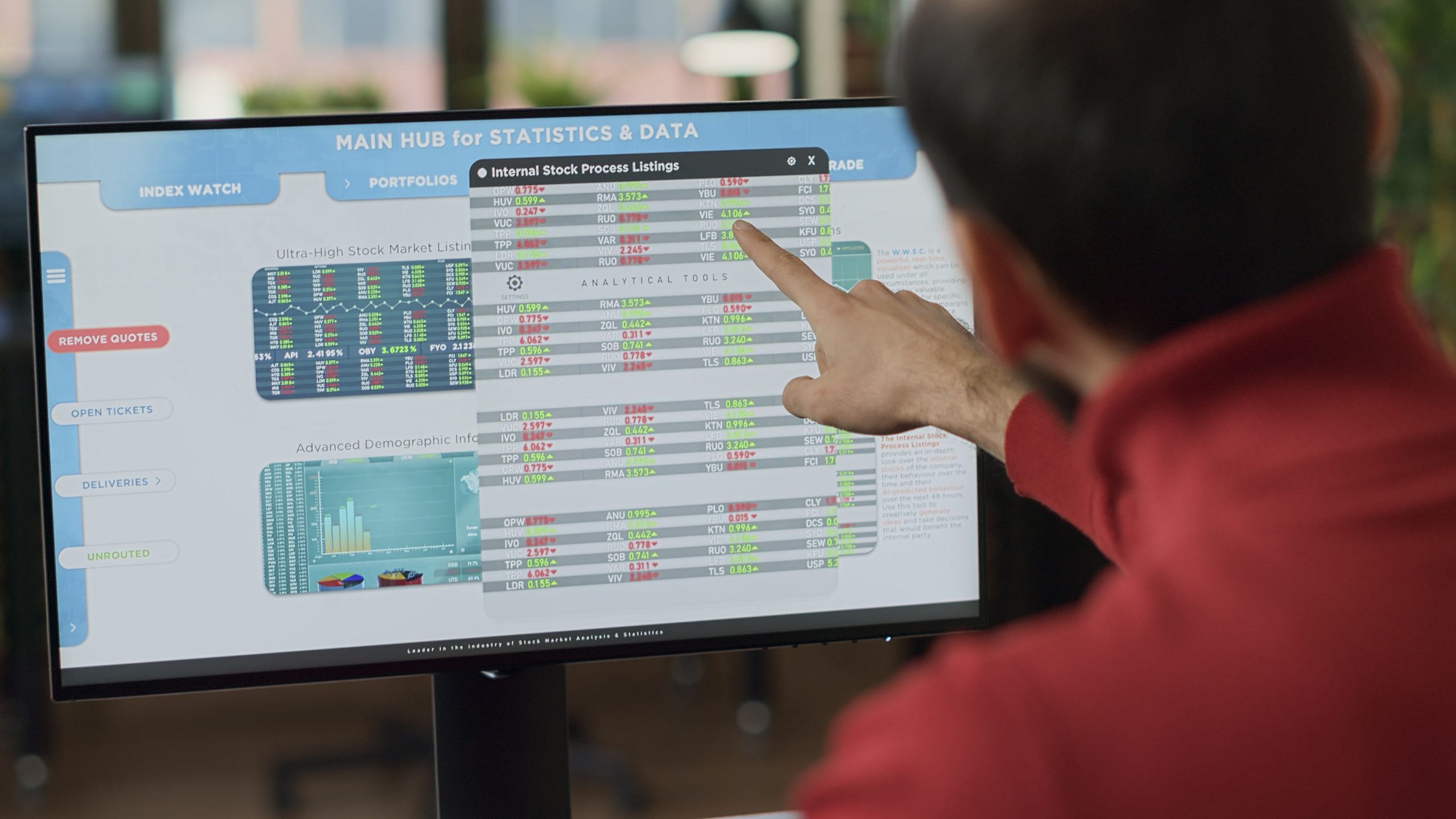One of India’s largest steel producers, SAIL Reports on Saturday said it had booked a deep fall in its second-quarter financial performance in the current fiscal year. The net profit has also fallen by 31.3 % year-on-year to Rs 897.2 crore from the same period last year, according to the company, which cited this in recently filed documents. That has bad-tempered investor sentiment and sunk the stock price of SAIL by 4%.
Key Numbers
The company’s Q2 financials highlight several issues that SAIL faces, including.
The net profit of the steel giant slipped to Rs 897.2 crore as compared to Rs 1,306 crore in the corresponding quarter of the previous year, translating into a year-on-year fall of 31.3 per cent.
Quarterly Performance:
SAIL in the immediate preceding quarter (Q1) posted a net profit of just Rs 81.78 crore. Since the pick-up in Q2 is fairly shallow, profitability pressure remains high because of the high cost of inputs coupled with vagaries in demand for steel.
Revenue:
The company has revenue down by 17 per cent, and revenue was Rs 24,675.2 crore in Q2 as compared to Rs 29,712 crore in the same quarter last year.
EBITDA and Margins:
Earnings Before Interest, Taxes, Depreciation, and Amortization (EBITDA) too faced the brunt as it dropped by 24.8 per cent to Rs 2,912.8 crore compared with last year’s Q2. Consequently, the EBITDA margin of SAIL dropped to 11.8 per cent from the earlier 13 per cent.
Stock Market Reaction:
These results indicate that SAIL’s stock reacted in the market. Shares of the company traded at Rs 118.95 on the National Stock Exchange as of the morning of November 8, down by 3.57 per cent from the closing price of the previous session. This indicates the negative perception among investors regarding the prevailing issues in the company and its sustainability in garnering profitability during the shifting market trends.
Reasons Behind the Downward Trend in the Performance of the Company
Several factors have hit the recent performance of SAIL.
Rising input costs:
The process of steel production is capital-intensive and dependent on raw materials such as iron ore and coal for sustenance. Iron ore and coking coal prices had and continued to swing about, compressing the margins of steel manufacturers, including SAIL.
Uncertainty in the Global Economy: Economic uncertainty with geopolitics continues to have an impact on demand patterns in the global economy. This, in turn, has also resulted in continuous volatility in both the supply and demand sides of the steel industry as well. Profitability is unpredictable, as in the recent earnings report of SAIL, for instance.
Domestic Market Dynamics:
Fluctuating demand in the Indian market for steel has been seen across major sectors like automobiles, infrastructure, and construction. The falling prices of steel have hence stayed low concerning SAIL’s revenue and its overall profitability levels.
How SAIL Plans to Overcome Them
Despite the recent report showing a decreasing trend of profits and revenue, SAIL is determined to overcome them to regain financial health and stability through several strategies:
Optimization of Cost Structure:
SAIL has set its focus on the optimization of the cost structure through efficient usage of energy and optimum acquisition of raw materials. Reduction in overhead will be helpful in ensuring stable profits even in the most volatile markets.
Specialization in High-Value Products:
SAIL is considering specialization in high-value, speciality steel products so that pressure from the pricing aspects could be diluted in the mass-market steel segment. These products otherwise find use in the automotive, defence, and infrastructure sectors and could be sold on higher margins.
Increased Focus on Exports: As there are a number of pointers that show volatility in the Indian market, SAIL has always been attentive towards the increase in its export business. International market diversification of revenue streams also helps SAIL strike a balance during downturns in the domestic market.
Industry Overview
The broad steel industry is almost in a state of flux, and steelmakers around the world still grapple with raw material cost volatility and fluctuating demand in key sectors. In India, with the government being very aggressive in infrastructure development, short-term challenges are the issues that companies have to face to capitalize on these long-term opportunities.
Infrastructure :
Government Policies and initiatives by the Indian government to invest in infrastructure projects such as highways, railways, and low-cost housing would augur well for the steel requirements of the country. As SAIL is one of the leading steel producers, it will not be far behind in attracting the benefits under this context either.
Focus on Green Steel Production:
Sustainability is emerging as a core focus area for the steel industry. SAIL expressed an intent to try green steel production, focusing on the most environmentally friendly kind of production that will eventually see the company ready to meet the requirements of regulation in the future and assist it emerge as a green steel producer itself.
Global Economic Trends Influence:
The steel industry, particularly in the pricing aspect, is very sensitive to global economic trends. Trade policies are more influential because of the opportunities for exports that depend directly on these factors in both the U.S. and Europe, and SAIL must always keep up with such developments.
Analyst Consensus and Investor Perception
Analysts continue to bet on cautious optimism for long-term growth at SAIL despite some challenging Q2 performance. The Indian government’s desire for infrastructure growth will come to the aid of the company in the coming quarters as steel demand stabilizes. Near-term challenges do exist, however, and investors may want to buckle up for possible fluctuations in stock performance against the prevalent global market conditions.
Market Sentiment:
Though disappointed in Q2, the resilience of SAIL’s bounce back from market challenges seems intact. The investor, however, awaits to see how well the company can address cost pressures and then alter its strategy.
Long-term prospects:
As the Indian economy is growing and large infrastructure plans are in the pipeline, the prospects look promising for the long-term horizon for SAIL. Analysts feel that SAIL’s strategic focus on cost efficiency and high-value products will eventually look promising in the medium to long term.
Conclusion
The indication that the input cost is rising, volatile in international markets, and fluctuating in domestic markets can easily be seen in the Q2 financial report of SAIL. The decline in net profit and revenue has cashed in its bill upon investors, hence responding with caution as reflected in the marginal fall in stock value. However, SAIL remains hopeful to unlock stable performance using cost optimizations, high-margin products, and rising export shipments.
The company aligning its destiny with that of India’s infrastructure growth story and indeed looking into sustainable practices of production also has potential for recovery as well as growth. For investors, SAIL stands at a juncture representing a mix of challenges and opportunities: long-term growth is driven by the economic outlook of the country and the demand for steel in several sectors.















0 Comments